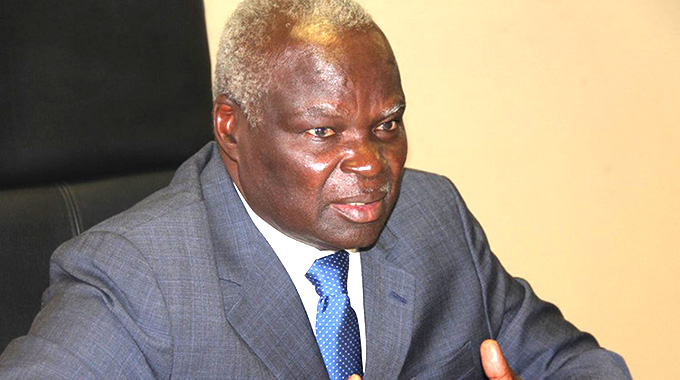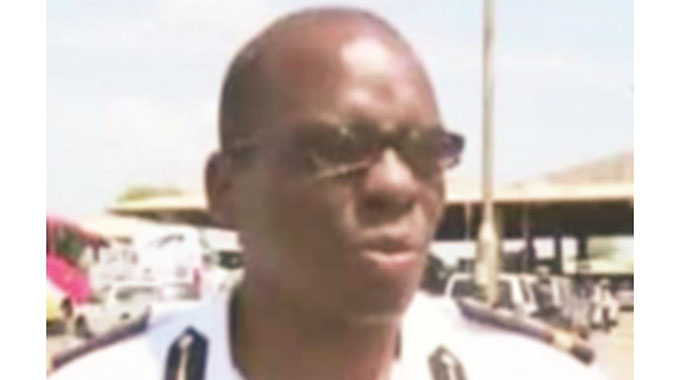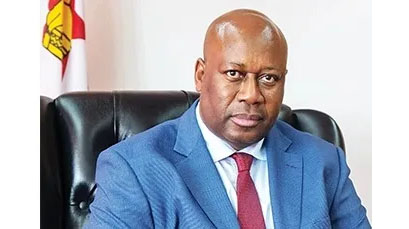‘ Real-time data reduces disaster vulnerability’

Elita Chikwati Features Editor
Technology is critical in reducing the vulnerability of communities in disaster-prone areas which are always at the receiving end of calamities due to lack of information.
The availability of real-time information and data to people at risk goes a long way in reducing the impact of incidences of disaster.
This was said by Local Government and Public Works Minister July Moyo in his speech to mark the International Day for Disaster Risk Reduction in Mbire.
In the speech read on his behalf by his deputy Marian Chombo, Minister Moyo said local authorities, being the third tier of the Government, had been empowered to manage multiple disaster risks at the local level with the assistance of the local leadership; chiefs, headmen and village heads.
“The Sendai Framework for Disaster Risk Reduction 2015-30 (SFDRR) promotes a culture of disaster preparedness in the face of multiple hazards which is in sync with the National Development Strategy calls for improved co-ordination, disaster preparedness, good governance, and devolution,” he said.
The Sendai Framework for Disaster Risk Reduction is an international document that was adopted by the United Nations member states in March 2015 at the World Conference on Disaster Risk Reduction held in Sendai, Japan, and endorsed by the UN General Assembly in June 2015.
Minister Moyo said at-risk communities should be aware of the risks they face.
He encouraged support from developmental partners towards early warning and early action systems to empower them to act on time and in an appropriate manner to reduce potential harm.
“We have embraced modern technologies in monitoring elements of weather and more observation stations are being established countrywide to provide credible and near real- time data and Mbire is one of them,” he said.
The commemoration coincided with the commissioning of an Automated Weather Station, which is part of the United Nations Development Programme (UNDP) roll-out support by the Zimbabwe Resilience Building Fund (ZRBF) of improving early warning for timely decisions that can contribute to saving lives and property.
Thirteen other Automated Weather Stations are being installed across the country with the support of European Union, Government of Sweden and the Foreign Commonwealth and Development Office (FCDO).
Zimbabwe continues to leverage partnerships such as the United Nations which continues to assist over one million to cope with the effects of climate change.
In a speech read by the UN resilience adviser Regina Chiyange, UN Resident Co-ordinator, Mr Edward Kallon acknowledged the support to the Government as important in helping people prepare for extreme weather events.
“The UN through the Zimbabwe United Nations Sustainable Development Co-operation Framework (2022-2026) are working to support early warning infrastructure and equipment to allow early action, co-ordination between relevant agencies, access to warning information, emergency preparedness and disaster response plans and alert dissemination,” he said.
The 2022 commemoration focus on Target G of the Sendai Framework which is the “Substantially increase the availability of and access to multi-hazard early warning systems and disaster risk information and assessments to people by 2030”.
The Sendai Seven campaign seeks to reduce disaster risk and losses in lives, livelihoods, and health and in the economic, social, physical, cultural, and environmental assets.










Comments